
OR
Homestay registration on the rise
Published On: July 1, 2019 11:00 AM NPT By: Muna Sunuwar | @TheMunaSun
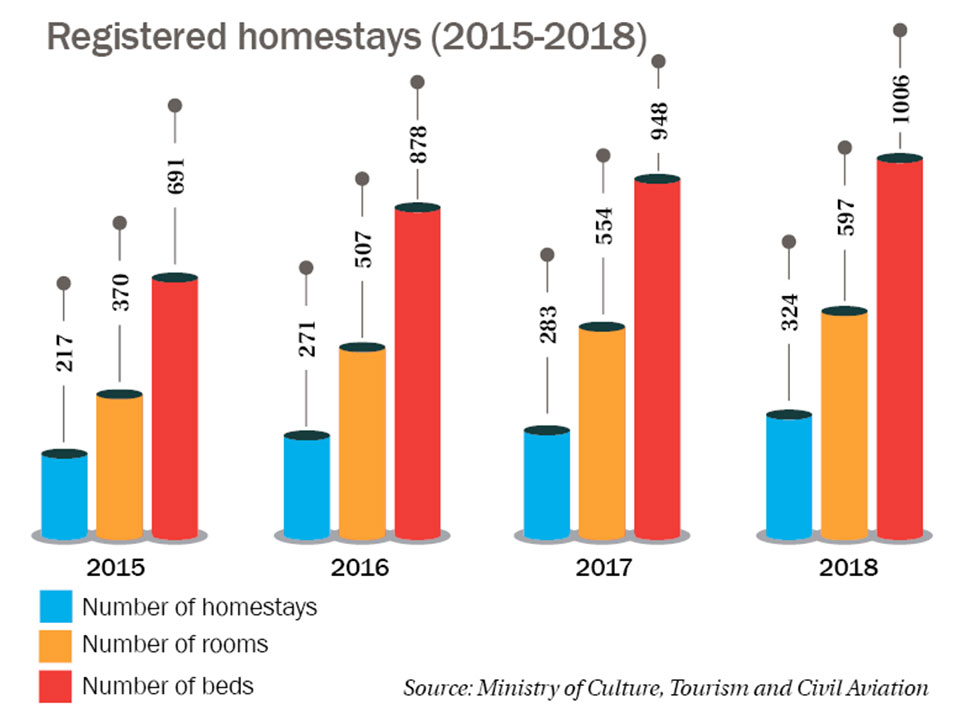
KATHMANDU, July 1: The number of homestays across the country has gone up by 14.48 percent to 324 in 2018, Nepal Tourism Statistics 2018 shows.
There were 283 registered homestays in the country till 2017.
Of the total homestays, 245 are run by local community, while 79 are privately run. In 2017, number of homestays run by local community was 218, while 65 were operated by the private sector.
Nepal Tourism Statistics 2018 compiles data of homestays registered with the Department of Tourism. Stakeholders say homestays registered with district cottage industry development offices as well as local units are not included in the data.
Kathmandu has the highest concentration of homestays with 112 registered so far, while Rasuwa has the least with only one homestay. Similarly, only two homestays in Kaski district are registered with the department.
“As a culturally rich country, Nepal has great prospects in homestay tourism. Tourists who are interested in experiencing culture, tradition and lifestyle of different ethnic groups of Nepal form the clientele of homestay business,” says Keshav Badal, president of Homestay Association of Nepal. “The way Nepalis live and take care of their guests touches tourists. This is why they prefer to live in homestays.”
Though homestay has given a new dimension to Nepali hospitality industry, the proliferation of homestay operators is making it difficult for authorities concerned to standardize them. “Starting services in places where there already are plenty of hotels goes against the concept of homestay,” Pradhan said, adding: “Most homestays are started with the aim of establishing themselves as alternatives to hotel. But, the real essence of homestays is that they should be complimentary to hotels not alternatives.”
A criterion to run homestay states that such facilities should not have more than four rooms and eight beds to accommodate guests. “There are homestays having more rooms and beds than prescribed in the criteria. Likewise, some resorts are promoting themselves as homestay. It’s a tactic to evade taxes,” Badal said.
Questioned why many homestays are not still registered with the government, Badal said the association has long been asking the government to regulate homestays. “The government should take the matter seriously,” he added. “Rather than running private homestays, it would be better if a community comes together and runs a homestay.”
Sabin Lal Shrestha, a Kathmandu-based homestay operator, says he does not get much tourists. “As we are located far from tourist area, our business is not as profitable compared to the ones based in tourist areas,” he added.
Homestays of 13 districts are registered with the Department of Tourism as of 2018. The districts include Kathmandu, Bhaktapur, Kavre, Lalitpur, Mugu, Nuwakot, Ramechhap, Chitwan, Kaski, Makwanpur, Dhading, Rasuwa and Pyuthan.
Tourists staying in Nepal for a long period prefer to stay in private residences like homestay, according to operators.
As many homestays are still unregistered and still not under tax net, spending made by tourists staying there is not reflected in the country’s tourism statistics.
You May Like This
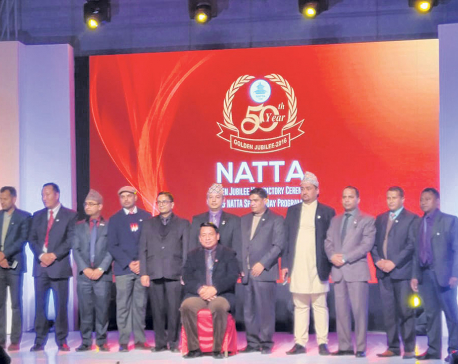
Mayors of three tourism destinations unveil plan for tourism development
KATHMANDU, Dec 14: Mayors of three major tourist destinations of the country have unveiled their plans and strategies for development promotion... Read More...
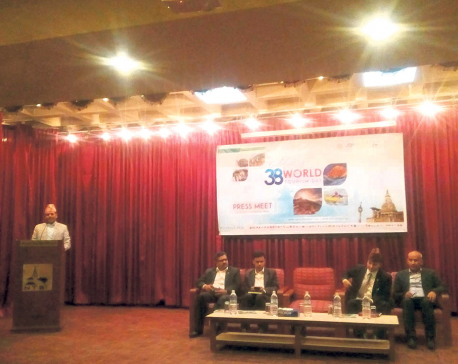
Tourism fraternity celebrating World Tourism Day today
KATHMANDU, Sept 25: The Nepali tourism fraternity is celebrating 38th World Tourism Day by organizing various programs across the country on... Read More...

TAAN celebrates World Tourism Day
KATHMANDU, Sept 26: Trekking Agencies' Association of Nepal (TAAN) organized 'Heritage Walk with People with Disabilities' in Kathmandu on Monday on... Read More...

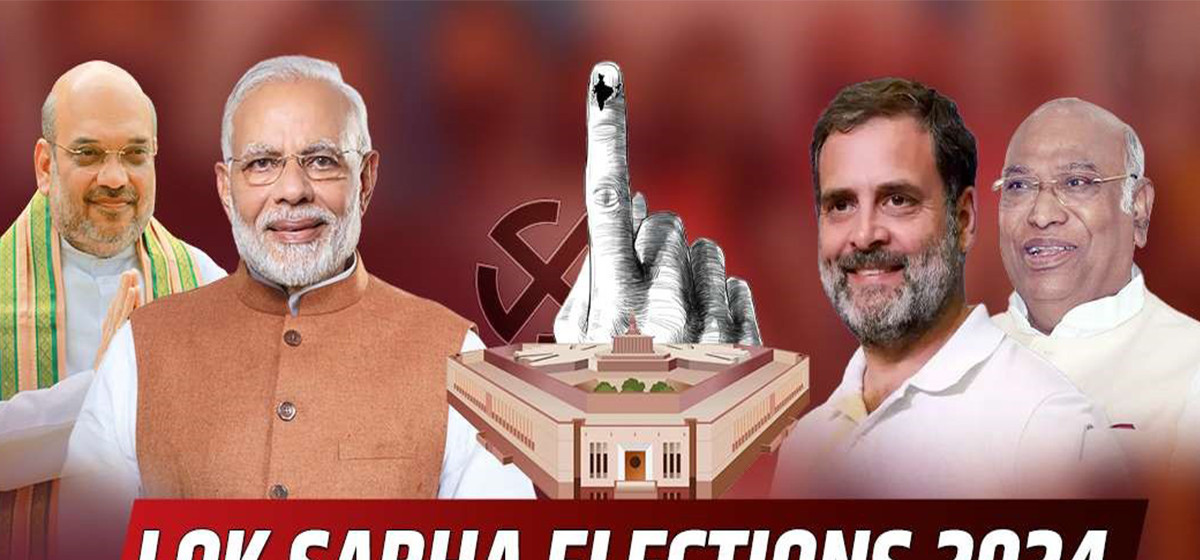


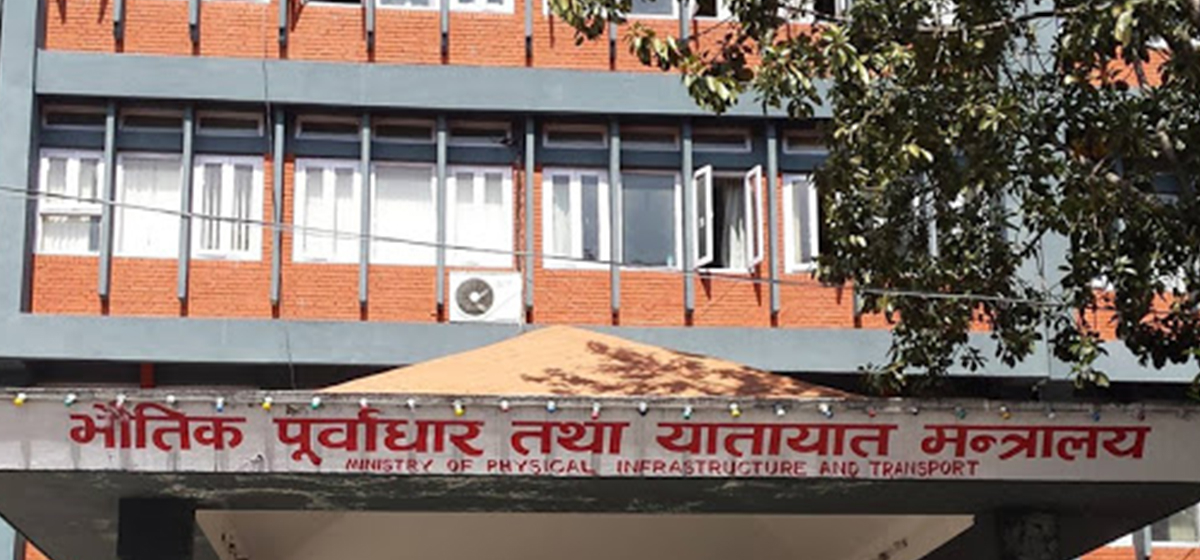
Just In
- Taylor Swift releases ‘The Tortured Poets Department’
- India starts voting in the world’s largest election as Modi seeks a third term as prime minister
- EC seeks cooperation for free and fair by-election
- Bus carrying wedding procession attendees meets with accident in Sindhupalchowk claiming three live
- CPN (Unified Socialist) to hold its Central Committee meeting on May 10-11
- Over 16,000 paragliding flights conducted in one year in Pokhara
- MoPIT prepares draft of National Road Safety Act, proposes rescue within an hour of an accident
- Light rainfall likely in hilly areas of Koshi, Bagmati, Gandaki and Karnali provinces











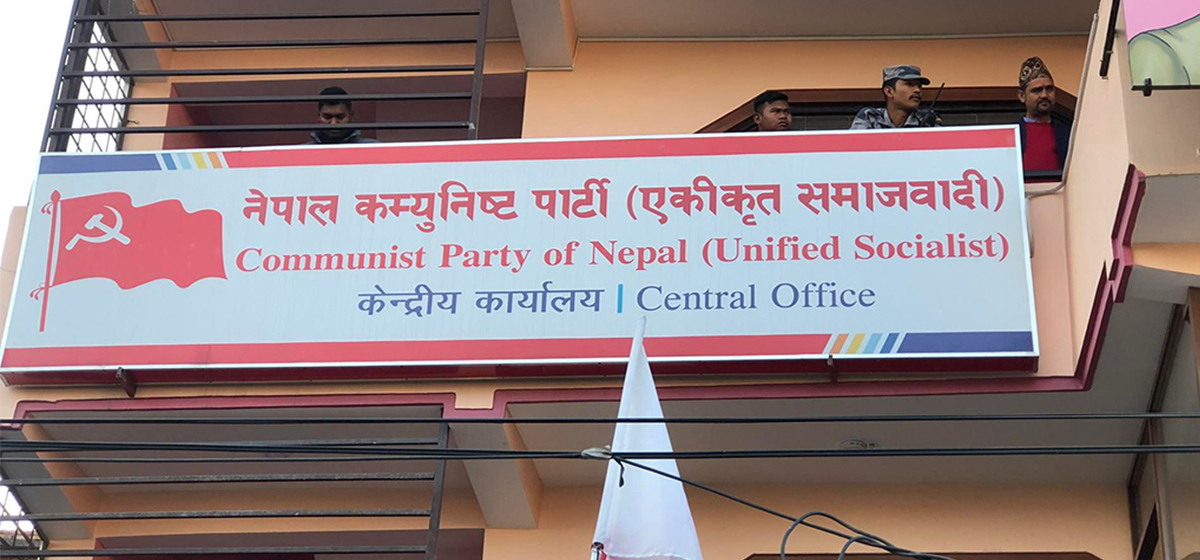
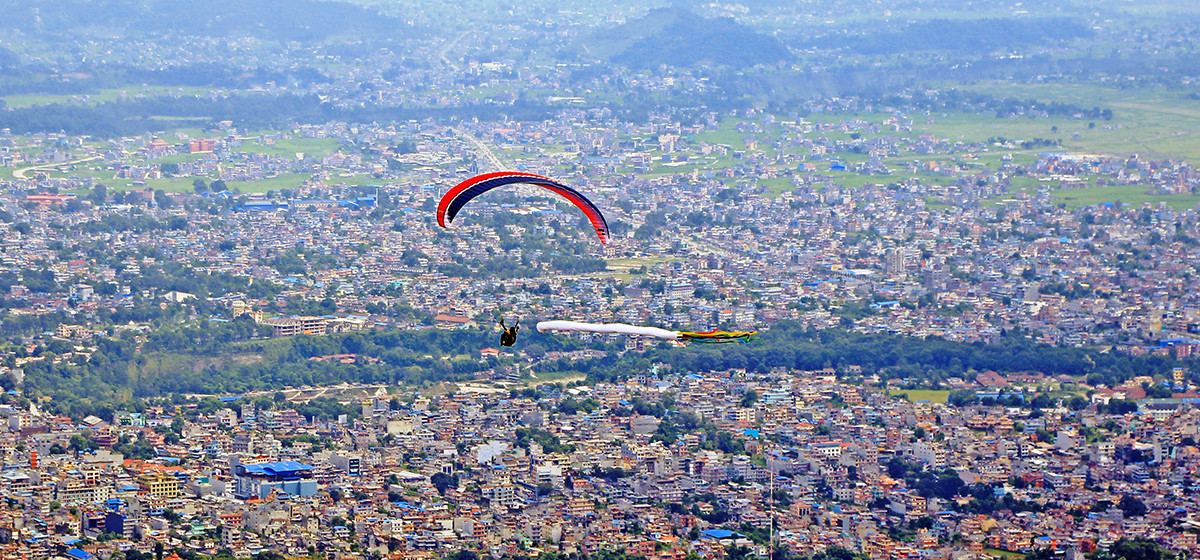
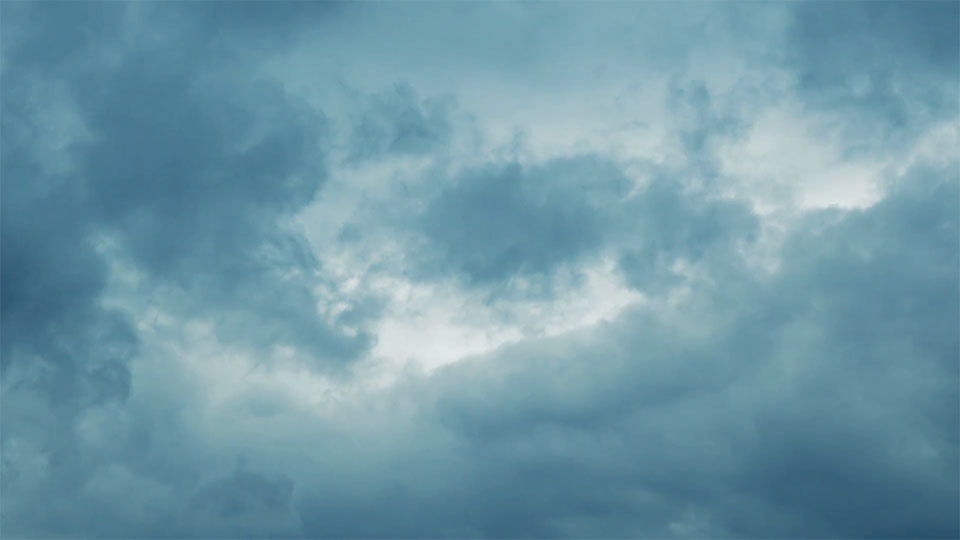
Leave A Comment